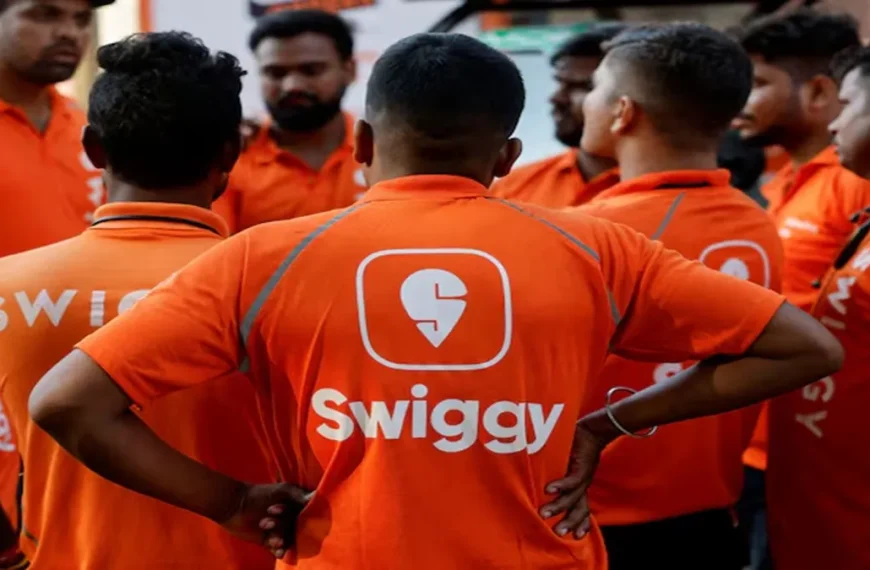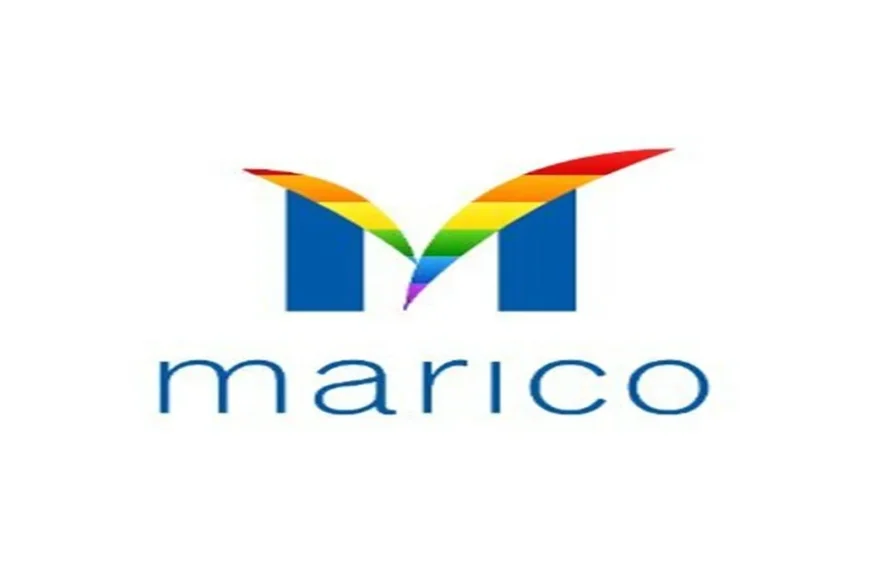Swiggy has recently unveiled Pyng, a new platform designed to link users with verified service professionals such as health consultants and event coordinators. While this expansion signifies Swiggy’s ambition to branch out from its core food delivery and quick commerce operations, industry experts are sounding the alarm about the challenges inherent in the services marketplace. Scaling and achieving profitability in this domain is notoriously difficult.
Navigating a Competitive Landscape
With 8,859 startups competing in the professional services arena, which have collectively attracted $2.72 billion in funding, only a select few like Urban Company, NoBroker, Practo, LivSpace, Enrich, and HomeLane have successfully scaled their operations. Most players tend to focus on either blue-collar services or offer these services as supplementary options. However, for many, sustainable growth continues to evade them.
- Key challenges include:
- High customer acquisition costs
- Difficulty in ensuring service quality
- Maintaining a seamless user experience
Milan Sharma, Director at 35 North Ventures, explains, “Connecting fragmented service providers with customers is straightforward in theory, but in practice, it demands a robust tech framework and operational efficiency. Heavy costs related to onboarding and marketing often delay profitability.”
Funding Challenges in the Professional Services Sector
The financial landscape for startups in this sector is also under pressure. Data from Tracxn highlights a significant decline in funding, dropping from $590.8 million in 2021 to $516.2 million in 2022, and further down to $128.6 million in 2023, with a slight recovery to $147.4 million in 2024. To date, startups in this field have secured less than $16 million in funding this year alone. Experts warn that the lull in investment may persist, even as venture capitalists and private equity firms retain substantial funds.
Overcoming Market Saturation and Brand Loyalty Challenges
Swiggy’s entry into the already crowded services market raises questions about its long-term viability. Raja Lahiri, Partner and Technology Industry Leader at Grant Thornton Bharat, notes, “For these startups to succeed, they must focus on profitability, unit economics, and delivering differentiated service offerings.” The alarming statistic from Tracxn indicates that there are 3,571 defunct companies in this sector, underscoring the high stakes involved.
Brand loyalty also poses a significant challenge. Customers often switch platforms in search of better deals, making it tough for companies to cultivate lasting relationships. Regulatory hurdles further complicate matters; as Somdutta Singh, Founder and CEO of Assiduus Global, points out, “Startups frequently encounter bureaucratic obstacles that can hinder growth.”
Future Opportunities in the Gig Economy
Despite these hurdles, there is a silver lining. The demand for recurring services—ranging from home maintenance to health and wellness—is on the rise, with projections suggesting that India’s gig economy could reach a staggering $455 billion by 2025. Singh emphasizes that startups that prioritize trust and effectively address user needs are the ones likely to flourish.
Meanwhile, competitors like Urban Company and Topmate are experimenting with rapid, on-demand service models, aiming to deliver within 15 minutes. However, analysts remain skeptical about the long-term sustainability of such approaches, which are still in their experimental phases.
For Swiggy, diversifying into services aligns well with its customer-centric model and provides a pathway to enhance user lifetime value. Nevertheless, experts advise a strategic, data-informed approach that leverages deep consumer insights to navigate this competitive landscape effectively.











